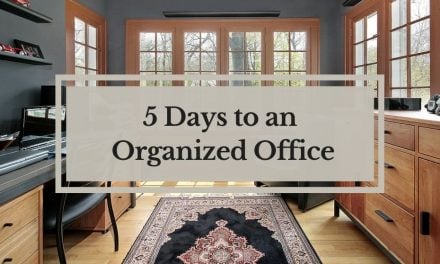 Dealing with the move out inspection and itemizing repairs is a task in and of itself let alone deciphering what “normal wear and tear” means. By setting the stage for the entire rental process from having a good lease in place to move out you can streamline the process and avoid problems along the way.
Dealing with the move out inspection and itemizing repairs is a task in and of itself let alone deciphering what “normal wear and tear” means. By setting the stage for the entire rental process from having a good lease in place to move out you can streamline the process and avoid problems along the way.
Step 1: Disaster Proof Lease
Having a strong lease in place can save you from all sorts of trouble down the road. In my state of Oregon there is a standard lease agreement that can easily be downloaded and added to. The standard agreement is a great place to start. I always have an attorney review any changes that I make that deviate or add to the standard lease agreement.
Step 2: Pricing
Pricing your rental property at fair market value, not to high, or to low will establish a better tenant and owner relationship. If your rental is priced to high then tenants are likely to move out when they find a home more reasonably priced. If your home is priced to low the tenants may consider this a show of ignorance on your part and try to take advantage of you in other ways. Not to mention pricing the property to low ultimately hurts your bottom dollar. Pricing the property “just right” however will get you tons of interest and get your property rented quickly.
Step 3: Advertising
The importance of “setting the stage” early in the tenant / owner relationship is so very important. The advertising phase is the first interaction you will have with prospective tenants and so having an efficient and organized process will tell your tenants that you are a professional and that you make decisions based on solid business principles. Of course advertising is also going to play a vital roll in how quickly your rental gets rented which has huge implications to the bottom line of any real estate rental business.
Step 4: Tenant Screening
Alright folks, if you are not screening your tenants, pulling credit and criminal background data, then you are risking getting a very bad tenant that will make your life harder. Screening tenants nowadays is easy and I of course use my favorite company Rentec Direct Tenant Screening to get accurate, affordable, and quick results. The goal is simple- find a great tenant. Not only do you have to screen your tenants but you also have to establish tenant screening criteria and stick with it. If our tenant selection process is dialed in you are laying the foundation for finding a good tenant.
Step 5: Document Everything
From the signed lease document, written move in and move out procedures, photo documentation between each tenant, and all correspondance. It is particularly important to discuss contentious issues such as the security deposit in writing because here say will not help you in the court room. A good question to ask yourself is, If you got a request from a lawyer to provide written documentation to support your case today could you do it? If your answer was yes, bravo on the good record keeping. If your answer is yes, but give me a week consider a better record keeping system. If your answer was no, i don’t have documentation you could be in trouble.
Step 6: Lawsuit Avoidance
Spending time in the court room is expensive and draining and should be avoided if at all possible. If you followed the steps listed above and you still find yourself courtbound hope is not lost just yet. I know of landlords who have brought in a mediator to resolve issues with there tenants and have succesfully mitigated the problem prior to an impending court date. Another thing to consider is that quibbling over $200 in a court setting with lawyers involved can easily cost 5xs that amount and is just not worth the trouble.
If you find yourself in a battle with a tenant over the security deposit be prepared with evidence to illustrate why you have made the findings that you have. Good luck with all of your tenant adventures!





